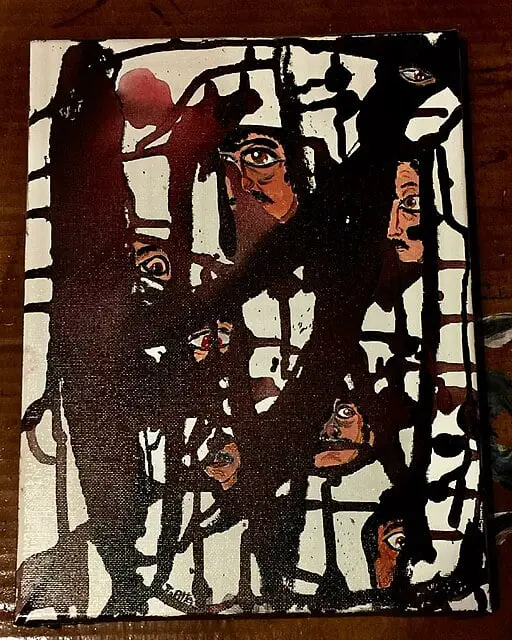Dissociative Identity Disorder (DID), previously known as Multiple Personality Disorder
Is a rare but fascinating mental health condition where a person develops two or more distinct identities or personalities. Each personality has a unique way of thinking, feeling, and behaving, which can sometimes lead to confusion and distress. DID has been a subject of fascination for many years, and there have been several historical cases of DID that continue to intrigue and captivate us. In this article, we will explore some of the most fascinating historical cases of DID.
Historical Cases of Dissociative Identity Disorder: A Fascinating Look
Mary Reynolds
One of the earliest documented cases of DID is that of Mary Reynolds, a woman who lived in England during the 17th century. Mary exhibited two distinct personalities – one was described as kind and gentle, while the other was aggressive and violent. The aggressive personality was believed to be the result of the trauma Mary experienced when she was young and was physically abused by her mother.
Ansel Bourne
In 1887, Ansel Bourne, an American businessman, walked into a hospital in Rhode Island claiming to have lost his memory and not knowing where he was or how he got there. After some investigation, it was discovered that Ansel had been living in another city under a different name and personality for several months. Ansel’s case is one of the most well-documented and studied cases of DID.
Billy Milligan
Perhaps the most famous case of DID is that of Billy Milligan, an American man who was arrested for a series of crimes in the 1970s. Billy had 24 different personalities, each with its own name, age, and gender. His case gained national attention and was instrumental in changing the way DID was viewed and diagnosed.
Chris Costner Sizemore
Chris Costner Sizemore, also known as “The Three Faces of Eve” was a woman who exhibited three distinct personalities. Her case was the basis for a popular book and movie in the 1950s. Chris’s experience with DID helped to raise awareness of the condition and its impact on those who suffer from it.
Uncovering the Fascinating History of Dissociative Identity Disorder Cases
The Salem Witch Trials
Some historians believe that several of the women accused of being witches during the Salem Witch Trials in the late 1600s may have exhibited symptoms of DID. The women claimed to be possessed by demonic spirits that could take control of their bodies and minds.
The Story of Jane
The Story of Jane is a book that tells the story of a woman who developed multiple personalities following years of severe trauma and abuse. Jane’s case is an example of how trauma can lead to the development of DID, and how therapy can help those with Dissociative Identity Disorder heal and overcome their condition.
The Case of Felida X
In the 1890s, a woman known only as Felida X was treated for dissociative symptoms by French psychologist Pierre Janet. Felida X exhibited two distinct personalities, one of which was a young girl who spoke in a childlike voice. Her case was one of the first documented cases of DID.
The Case of Clara Norton Fowler
Clara Norton Fowler was a woman who lived in the late 1800s and early 1900s and exhibited several distinct personalities. She wrote a book about her experiences, which helped to raise awareness of the condition and paved the way for further research and understanding of DID.
Dissociative Identity Disorder is a complex and often misunderstood condition. The historical cases we have explored in this article are just a few examples of the many people who have lived with this condition over the centuries. As our understanding of DID continues to evolve, it is important to remember that those who suffer from this condition need our support and understanding. By learning more about DID and sharing our knowledge with others, we can help to reduce the stigma surrounding this fascinating and often mysterious condition.
Image credit
Tony Alter, CC BY 2.0, via Wikimedia Commons
